Eating some foods raw can actually be a game-changer for your health. Skipping the stove can boost the nutritional value of what you eat. Raw foods often pack more vitamins, minerals and enzymes than their cooked counterparts. Plus, they have a fresh and vibrant taste that’s hard to beat. Skip the heat with these foods and reap the rewards!

Watercress
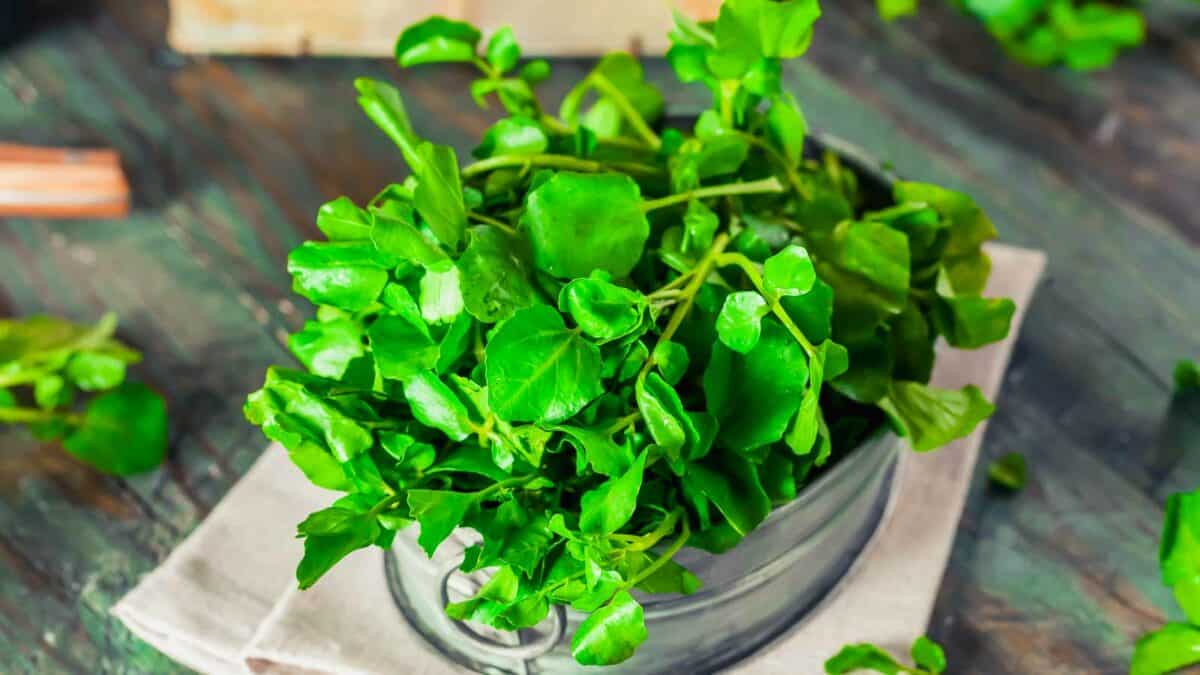

Watercress is a powerhouse of nutrients, best enjoyed raw to maximize its vitamin C and antioxidants, which can be reduced by cooking. It adds a peppery kick to salads and sandwiches. Make sure to wash it well first as it tends to be full of dirt and sand.
Berries


Berries are nature’s candy and your body’s best friend. Eating them raw preserves their high vitamin C and antioxidants helping to ward off free radicals, slash the risk of chronic conditions, and boost your overall health game. The magic lies in their phytochemicals, like flavonoids and anthocyanins, which thrive without the touch of heat.
Leafy Greens
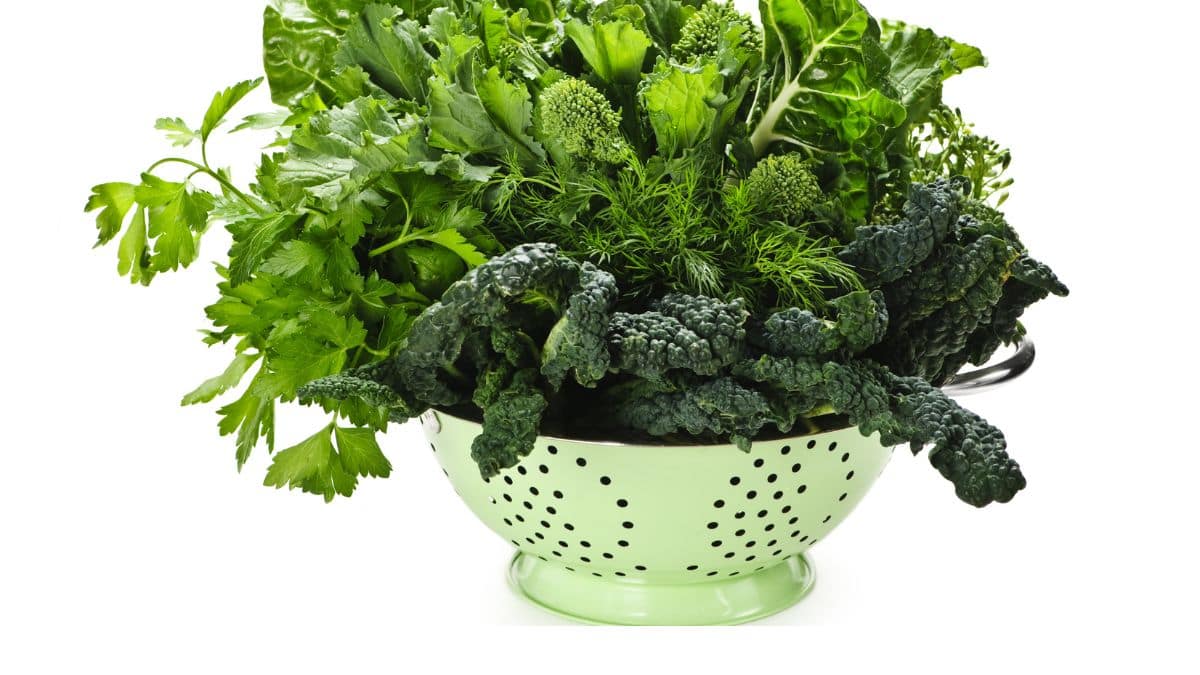

Raw leafy greens provide maximum vitamin K, folate, and iron, essential for blood health and energy. The cooking process can diminish some of these vital nutrients, making raw consumption a more beneficial option. They’re great in salads or green smoothies. But, if you have a sensitive stomach, start slow, as raw greens can be hard to digest for some.
Broccoli


Eating broccoli raw preserves the sulforaphane, a compound great for heart health and digestion. It’s crunchy, perfect for dips or slaw. But, it can cause gas or bloating for some, so moderation is key. If you prefer your broccoli cooked, here’s a hack — add some ground mustard seed to it which will reactivate the enzymes that were destroyed during the cooking process. This works for other cruciferous vegetables too.
Beets


Raw beets maintain their fiber, folate, and betalains, promoting digestion and reducing inflammation. Grate them into salads or smoothies. Just be mindful, as they can stain everything they touch.
Onions


Raw onions keep their quercetin and sulfur compounds, supporting heart health and reducing inflammation. They add a sharp bite to salads and burgers. Just be aware, they can leave a strong aftertaste and might not be great for those with sensitive stomachs.
Garlic


Garlic eaten raw can maximize its allicin, beneficial for heart health and immune support. It’s potent, so a little goes a long way in dressings or dips. But, it can be harsh on the digestive system and cause bad breath, so maybe not before a date.
Peppers
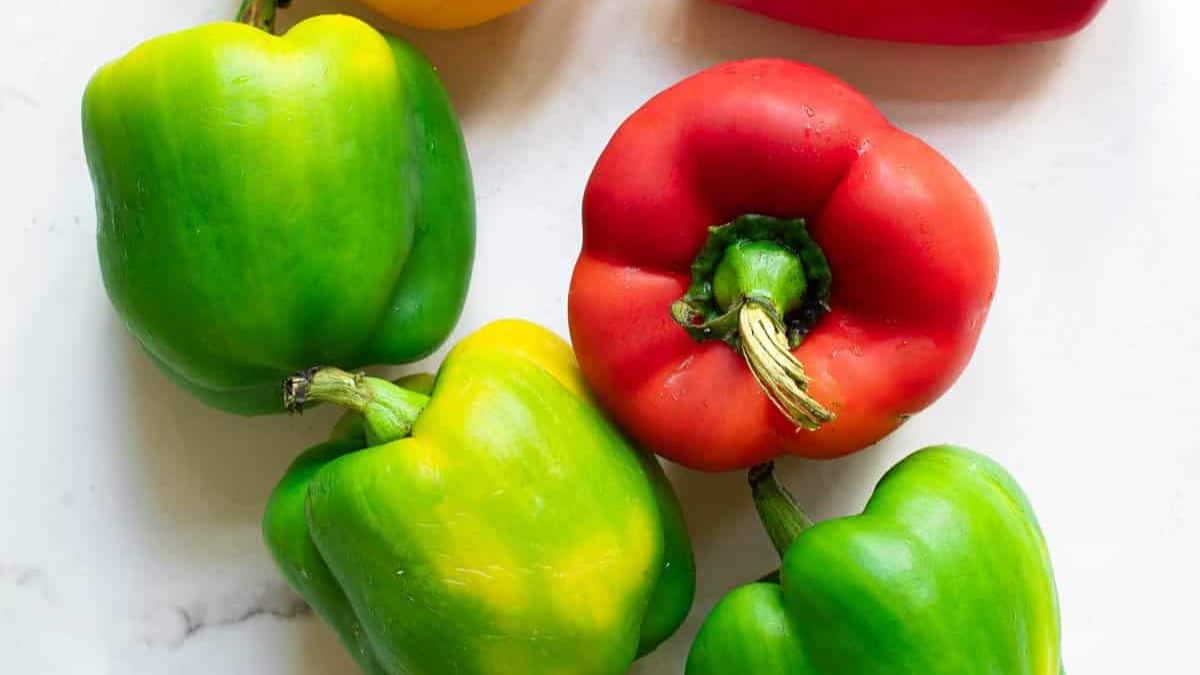

Raw peppers are full of vitamin C and antioxidants which are more abundant when eaten raw. They’re crunchy, sweet, or spicy, perfect for snacking or adding a pop of color to dishes. Capsaicin, in hot peppers, can irritate, so be mindful depending on how sensitive you are.
Cucumbers
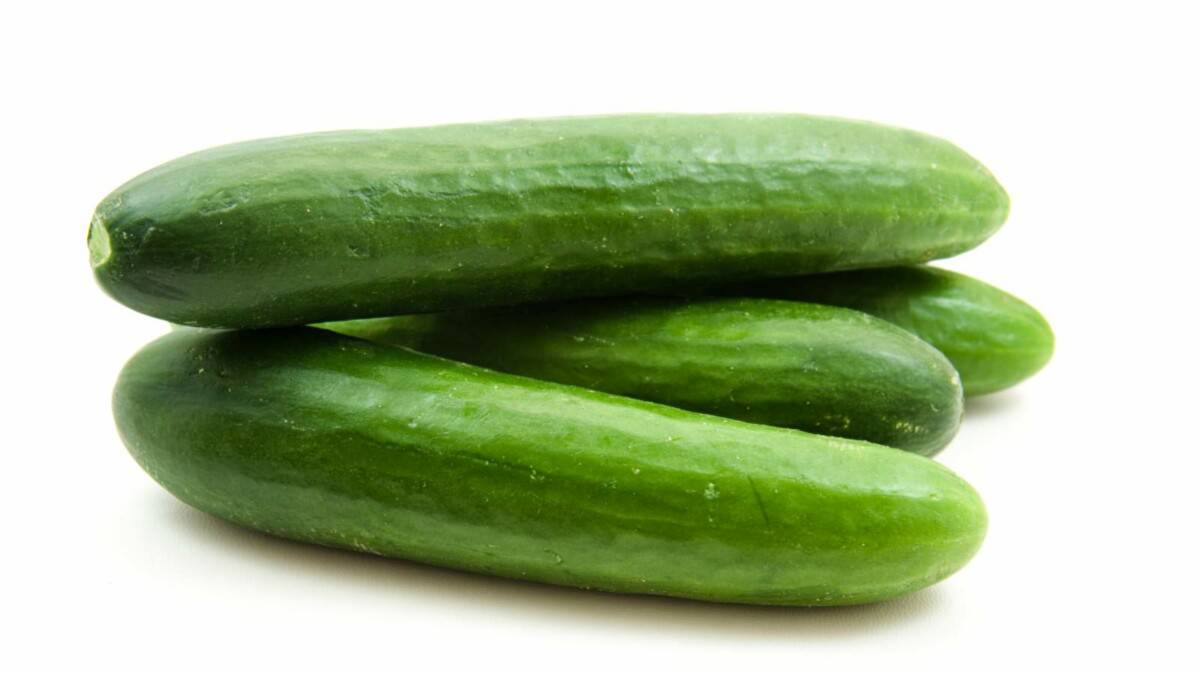

Enjoying cucumbers in their raw form is both refreshing and beneficial, thanks to their excellent hydrating abilities. They are a great source of vitamin K, necessary for blood clotting and bone health, while also providing essential minerals with minimal caloric intake. The cucumber skin, rich in fiber and vitamin A, supports eye health and enhances immune function. Incorporate raw cucumbers into salads, sandwiches, or as a snack with dips.
Pineapple
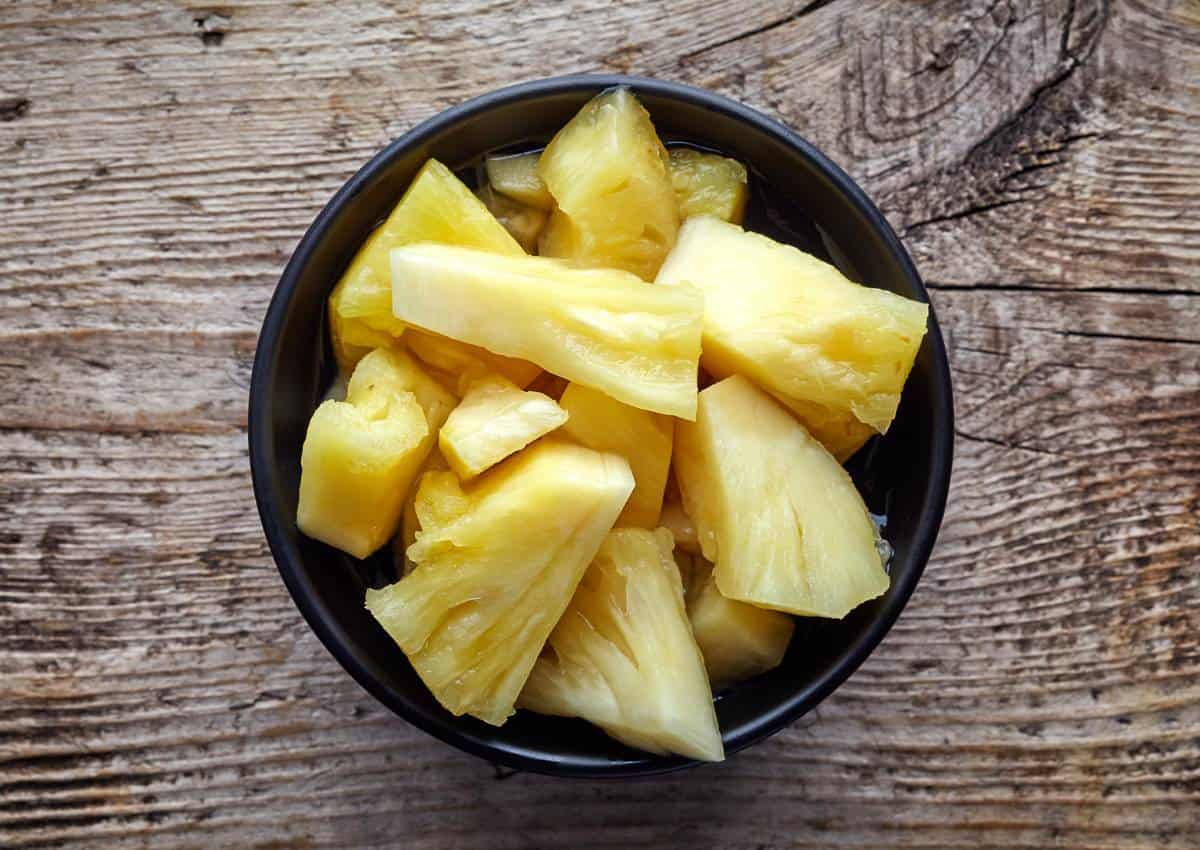

Pineapple is richer in vitamin C and bromelain when raw, aiding digestion and inflammation. It’s sweet, tangy, and perfect on its own or in fruit salads. However, the bromelain can tenderize your mouth, so don’t overdo it.
Apples


Apples retain more fiber and vitamin C when eaten raw, promoting heart health and digestion. They’re crunchy and portable for an easy snack. Just wash them well to avoid pesticide residues or preferably, buy organic.
Papaya
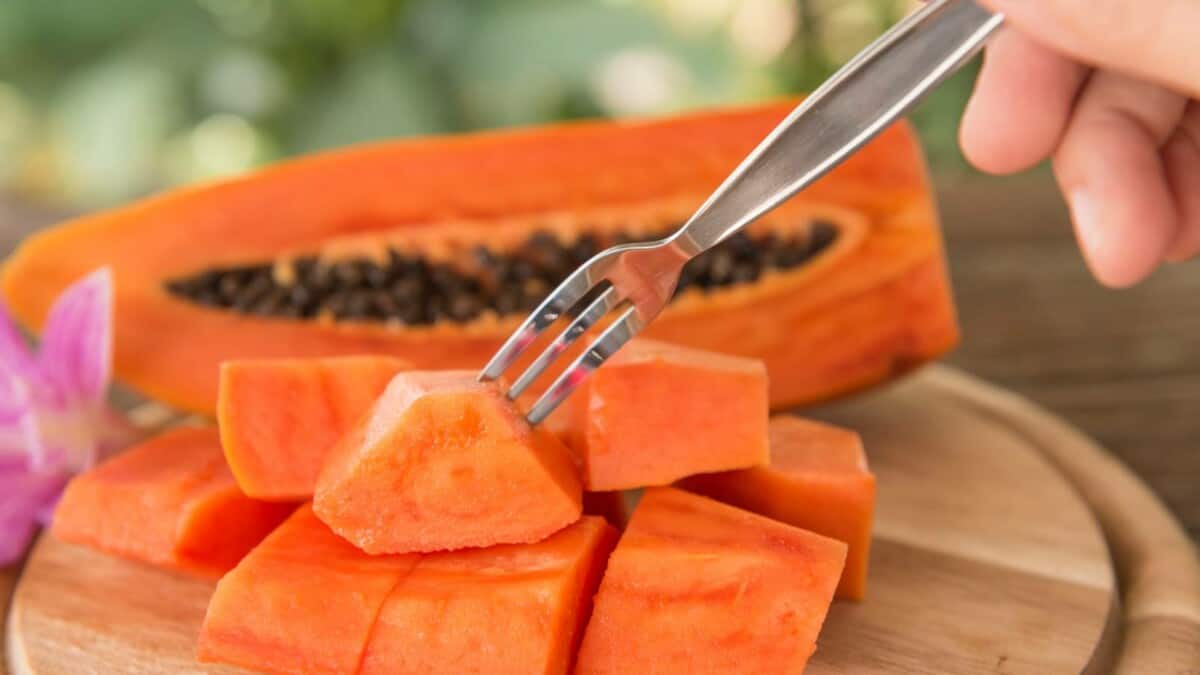

Raw papaya is full of enzymes like papain that aid in digestion and nutrient absorption. It’s sweet and perfect for tropical salads or smoothies. Just make sure it’s ripe to avoid potential irritants.
Radishes
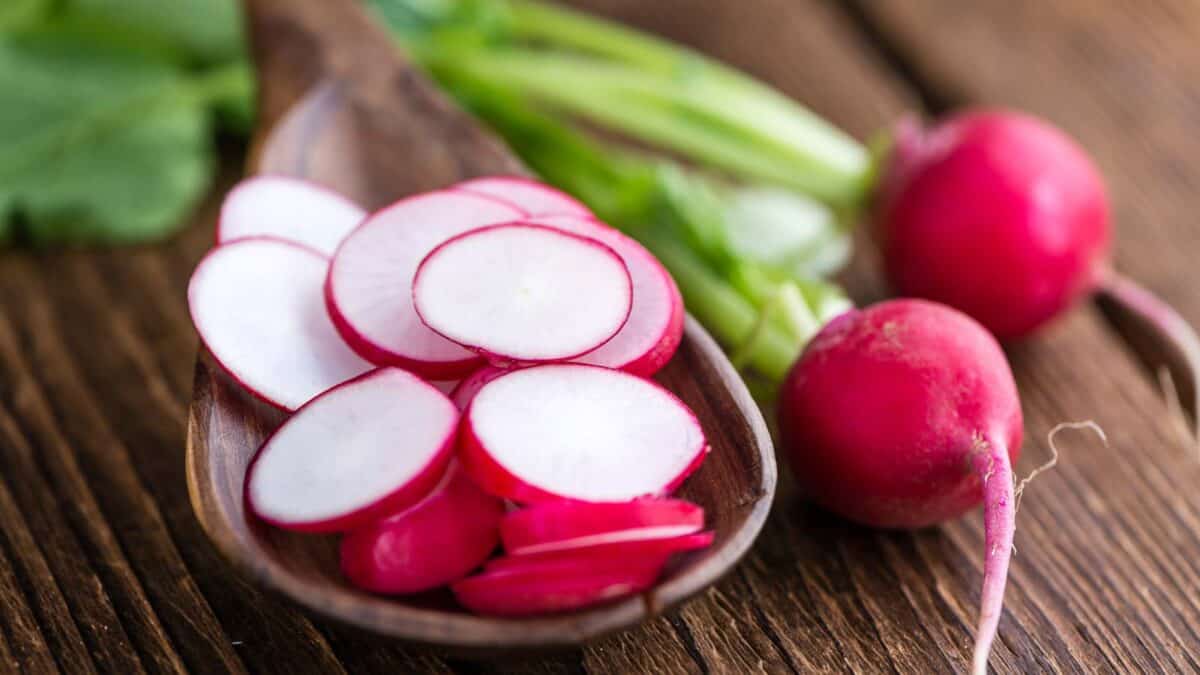

Radishes offer more vitamin C and crunch when raw, great for a spicy kick in salads or as a snack. They can be a bit peppery, so start small if you’re not used to the bite.
Kiwi
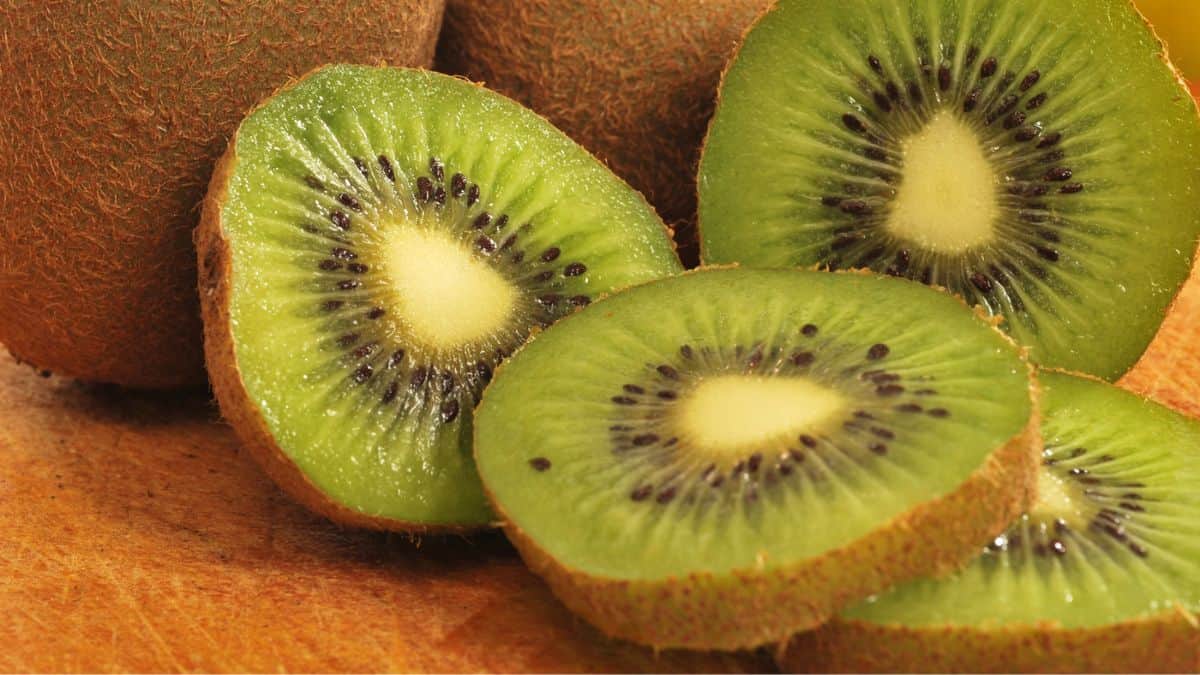

Kiwi keeps its vitamin C and digestive enzymes intact when raw. It’s sweet, tangy, and perfect for adding to fruit salads or eating on its own. Just be cautious if you have a latex allergy, as some cross-reactivity can occur. Many don’t realize but kiwi skin is also edible, especially the golden varieties which aren’t as fuzzy as the classic green kiwi.
Pears
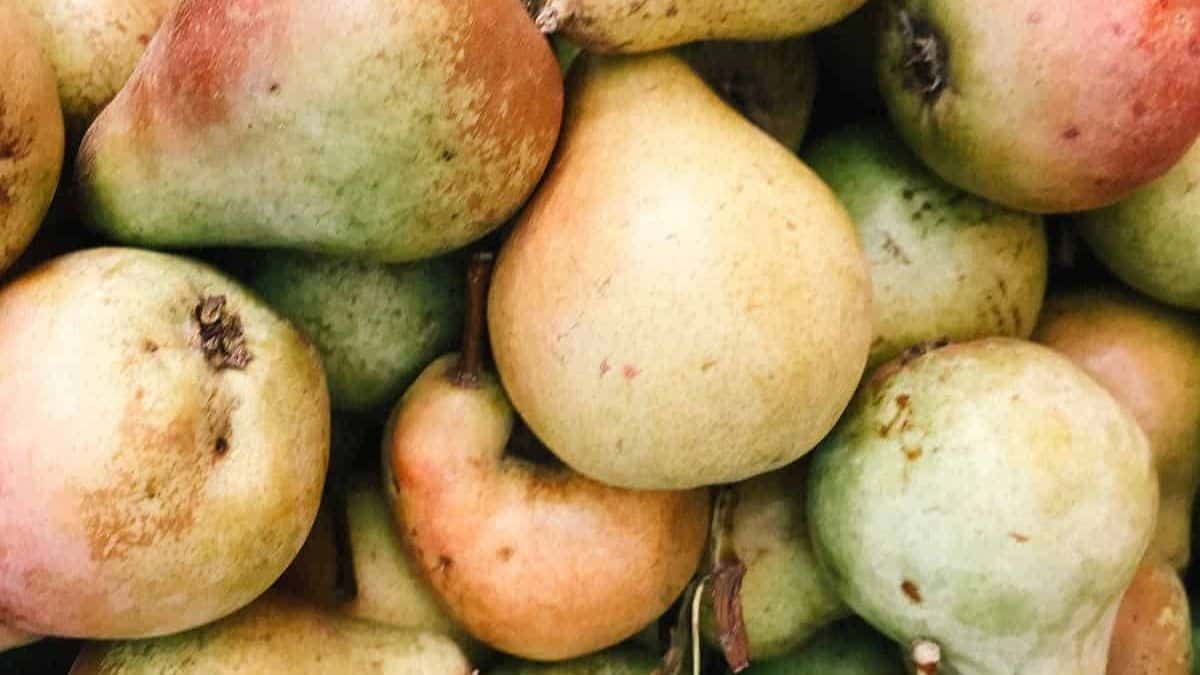

Pears are more fibrous and hydrating when eaten raw, supporting digestion and providing vitamins. They’re sweet and crunchy, great on their own or in salads. Just be sure to eat them ripe for the best flavor and digestibility.
13 Reasons Why You Should Grow Your Own Food (Even Just A Little!)
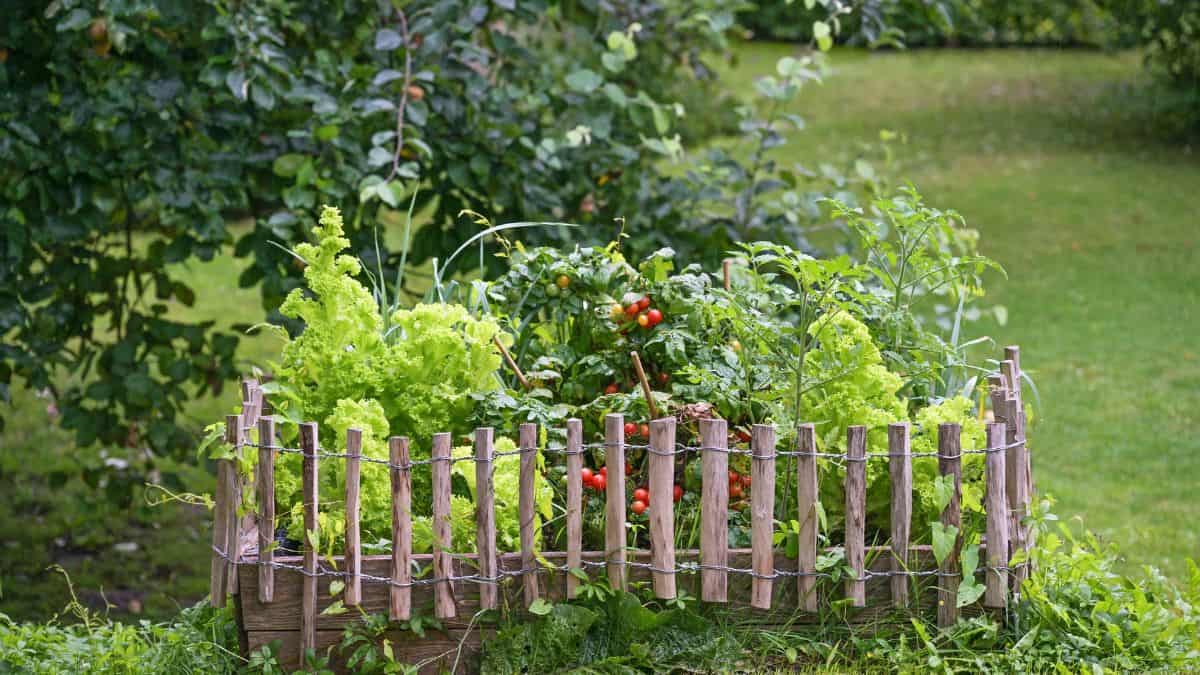

Growing your own food isn’t just for those with sprawling gardens; a small container or patch of dirt is all you need to start. Replacing even a few items from your grocery list with homegrown produce can inject fun and flavor into your meals. It’s a transformative experience that brings unparalleled freshness to your table and connects you more deeply with the cycle of nature. Let’s explore the many benefits of turning even the smallest space into a flourishing garden.
Read it Here: 13 Reasons Why You Should Grow Your Own Food (Even Just A Little!)
5 Reasons To Go Organic And 5 Reasons It’s Just Hype
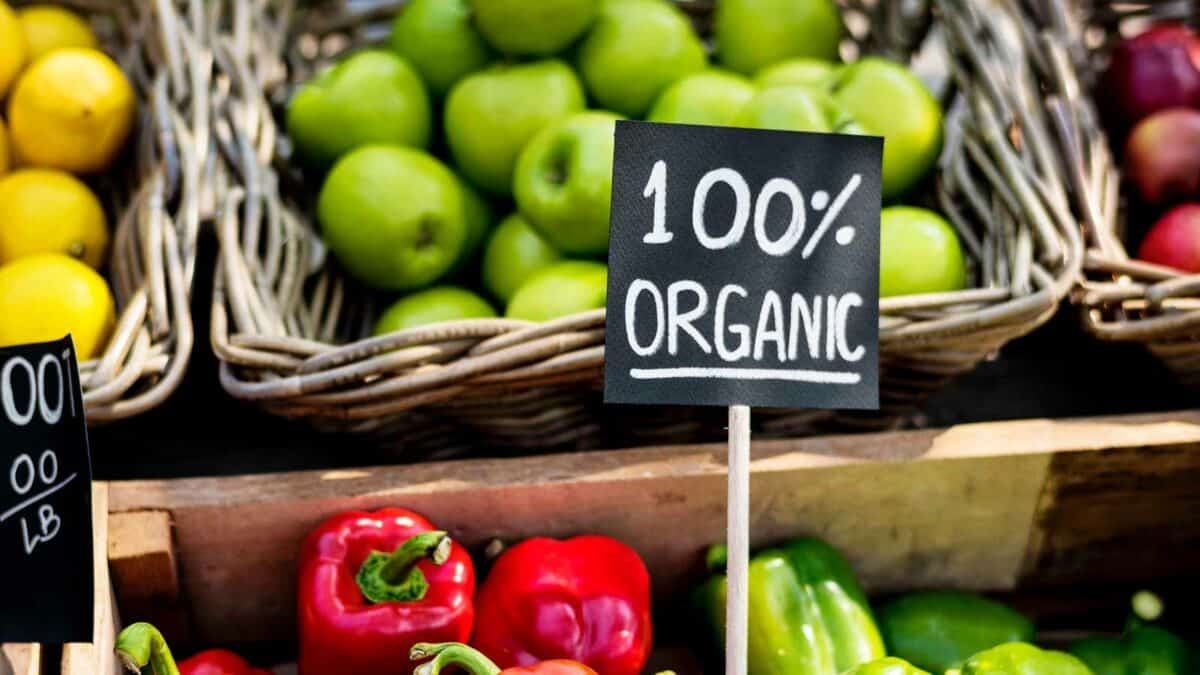

Deciding whether to go organic isn’t just about personal health—it’s also about considering broader environmental and economic impacts. This article takes a no-nonsense look at the real benefits and downsides of organic food. From the health of the soil to the health of your wallet, we’re laying out what you need to know to make an informed decision.
Read it Here: 5 Reasons To Go Organic And 5 Reasons It’s Just Hype
Select images provided by Depositphotos.
Gina Matsoukas is an AP syndicated writer. She is the founder, photographer and recipe developer of Running to the Kitchen — a food website focused on providing healthy, wholesome recipes using fresh and seasonal ingredients. Her work has been featured in numerous media outlets both digital and print, including MSN, Huffington post, Buzzfeed, Women’s Health and Food Network.


